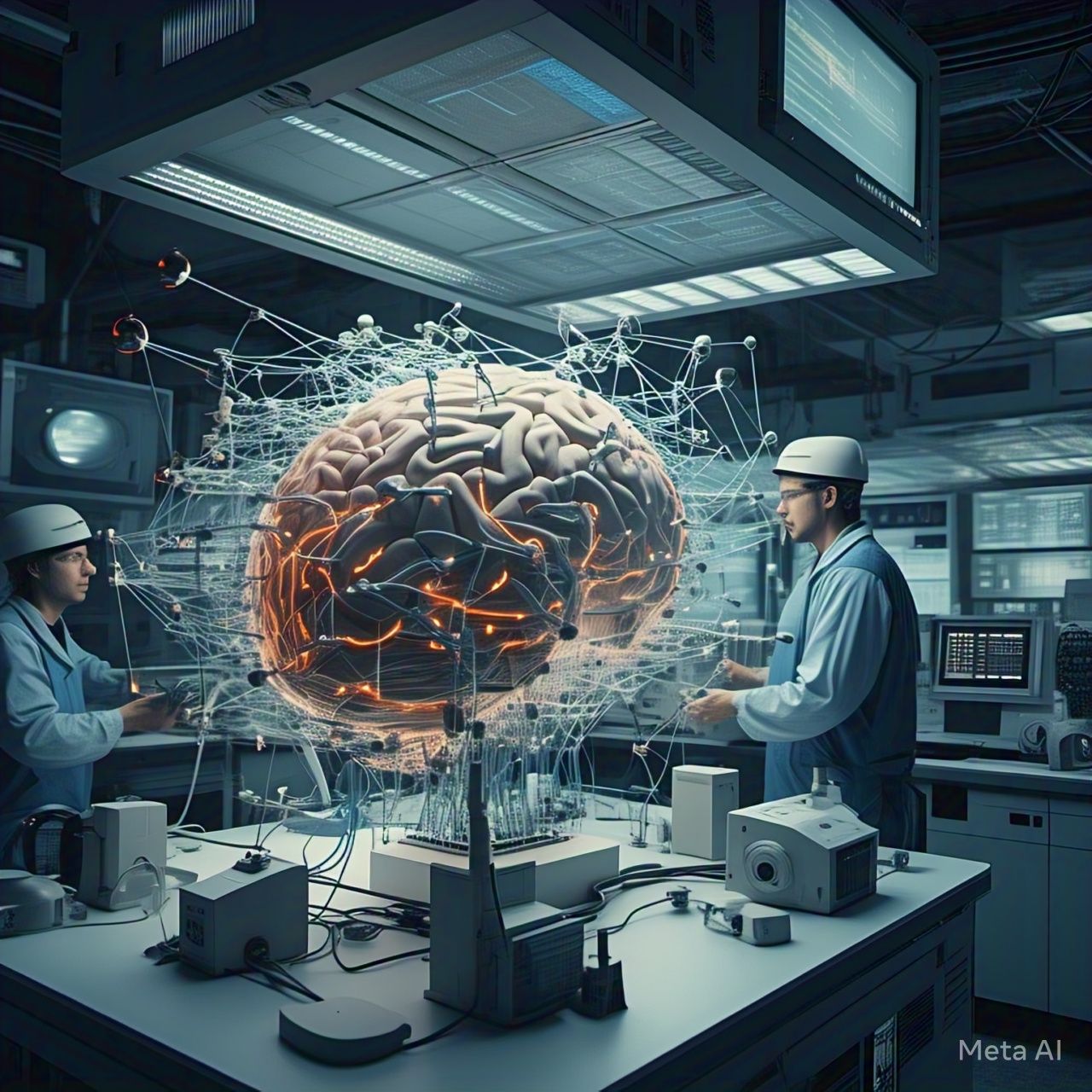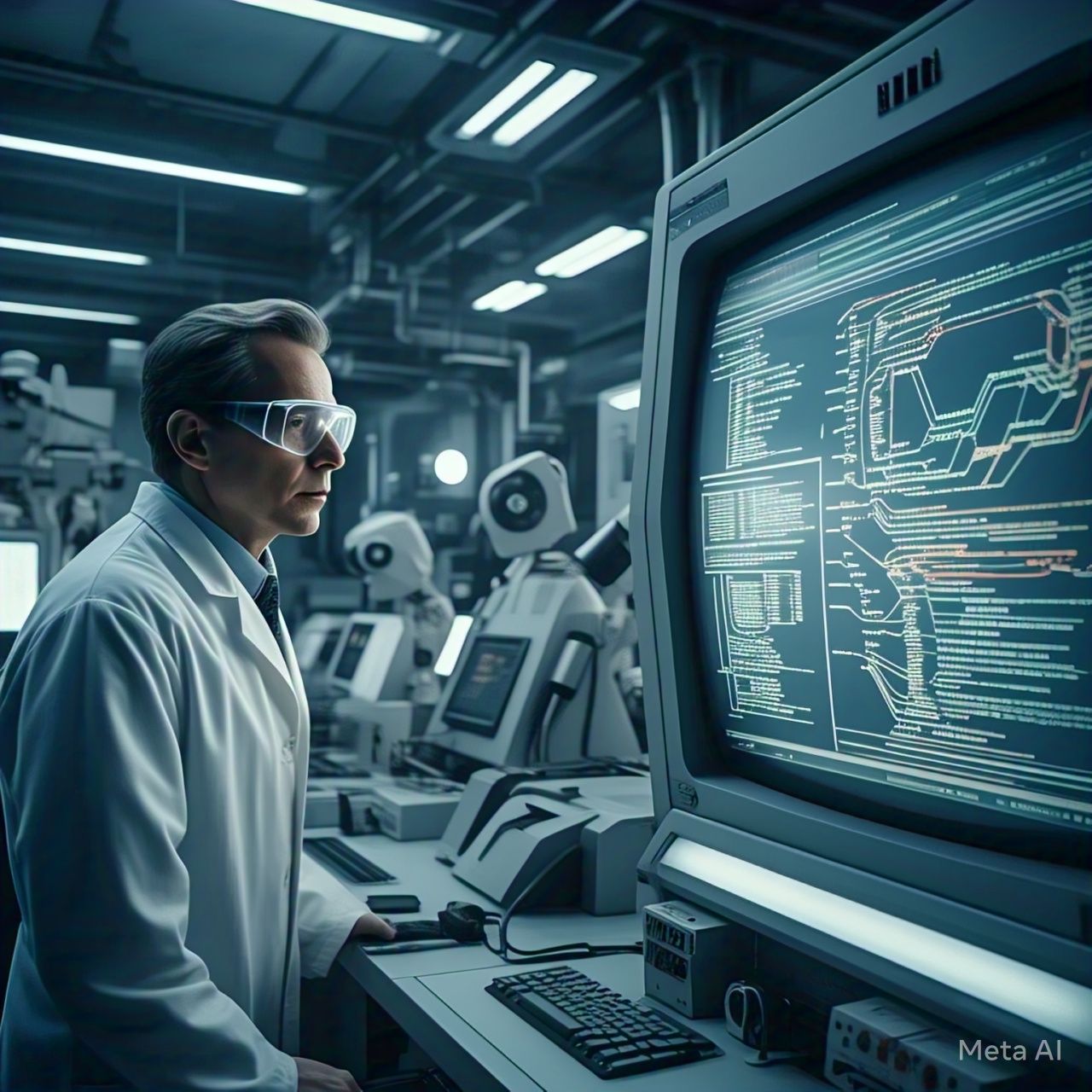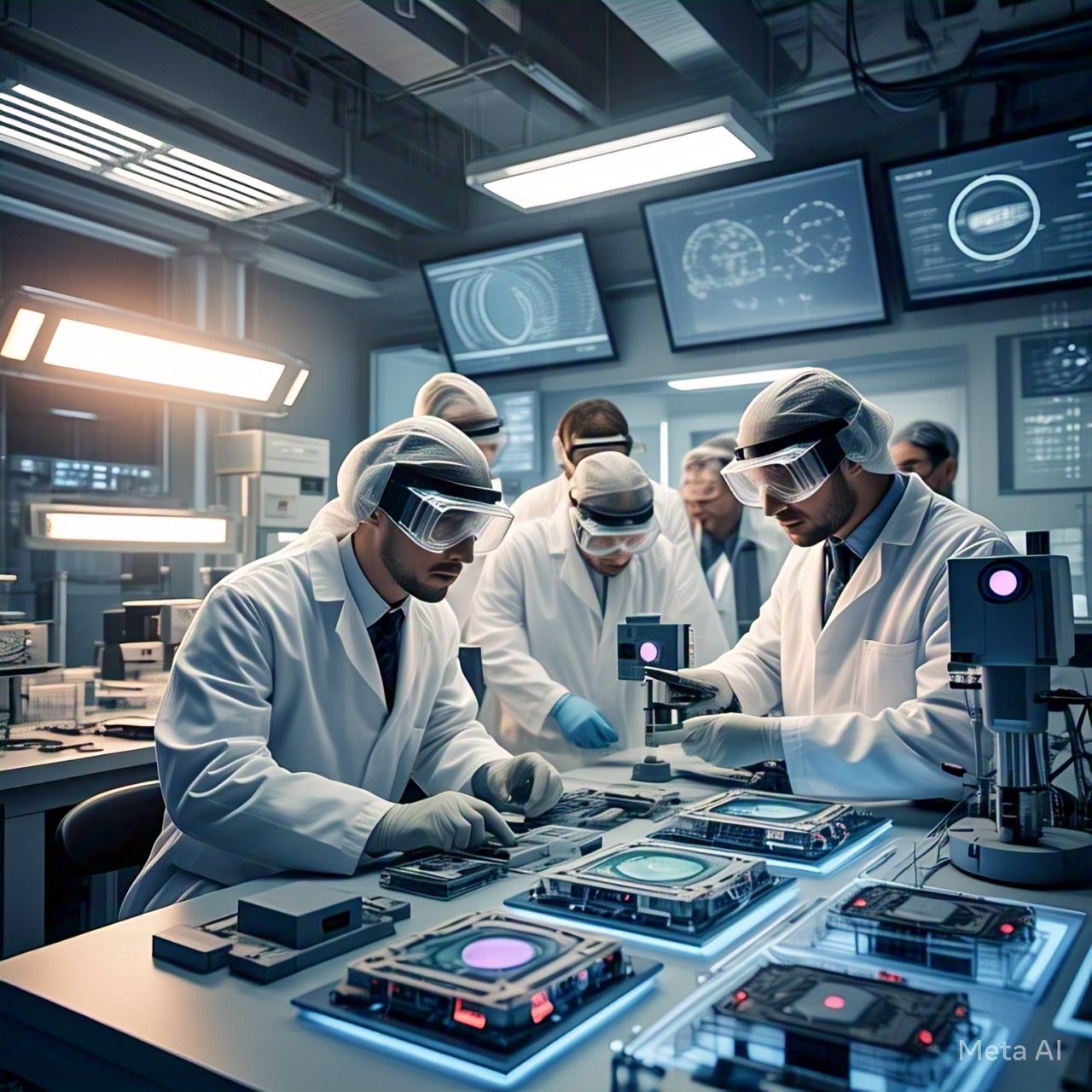Table of Contents
- Introduction
- What Are Neural Networks?
- The Evolution of Neural Networks
- How Neural Networks Work
- Key Types of Neural Networks
- Applications of Neural Networks
- Advantages and Challenges
- Future of Neural Networks
- FAQs
- Conclusion
Introduction
Neural networks have emerged as a cornerstone of artificial intelligence (AI), mimicking the human brain to revolutionize computing. These powerful algorithms are transforming industries, from healthcare to finance, by enabling machines to process and analyze vast amounts of data with human-like efficiency.
What Are Neural Networks?
A neural network is a computing system inspired by the structure and function of the human brain. It consists of layers of interconnected nodes (neurons) that process information, recognize patterns, and make decisions. These networks learn through training, improving their accuracy over time.
The Evolution of Neural Networks
Neural networks have a rich history that dates back to the 1940s. Here’s a brief timeline of their evolution:
| Year | Milestone |
|---|---|
| 1943 | First mathematical model of a neural network (McCulloch & Pitts) |
| 1958 | Perceptron model developed by Frank Rosenblatt |
| 1980s | Backpropagation algorithm popularized |
| 2000s | Rise of deep learning and large-scale neural networks |
| 2010s | Breakthroughs in AI with deep learning models |
How Neural Networks Work
Neural networks function through interconnected layers:
- Input Layer – Receives raw data.
- Hidden Layers – Process and analyze data through weighted connections.
- Output Layer – Produces the final result.
Learning Process
Neural networks learn using techniques like supervised learning, unsupervised learning, and reinforcement learning. They adjust weights based on errors (backpropagation) to improve accuracy.
Key Types of Neural Networks
Neural networks come in various forms, each suited to different tasks:
| Type of Neural Network | Application |
| Feedforward Neural Network | Image and speech recognition |
| Convolutional Neural Network (CNN) | Computer vision, facial recognition |
| Recurrent Neural Network (RNN) | Time-series analysis, speech recognition |
| Generative Adversarial Network (GAN) | Image and video generation |
| Transformer Networks | Natural language processing (e.g., ChatGPT) |
Applications of Neural Networks
Neural networks are powering advancements in numerous industries:
1. Healthcare
- Disease diagnosis
- Personalized treatment plans
- Drug discovery
2. Finance
- Fraud detection
- Algorithmic trading
- Risk assessment
3. Automotive
- Self-driving cars
- Traffic prediction
4. Entertainment
- Recommendation systems
- AI-generated content
5. Security
- Face recognition
- Cybersecurity solutions
Advantages and Challenges
Advantages
- High accuracy: Improves with more data and training.
- Automation: Reduces manual effort in decision-making.
- Pattern recognition: Detects complex relationships in data.
Challenges
- Computational power: Requires high-performance hardware.
- Data dependency: Needs vast amounts of labeled data.
- Black box problem: Lack of transparency in decision-making.
Future of Neural Networks
The future of neural networks is promising, with ongoing advancements in quantum computing, AI ethics, and real-time processing. Innovations like neuromorphic computing aim to make AI even more brain-like.
FAQs
1. What is the difference between deep learning and neural networks?
Deep learning is a subset of neural networks that uses multiple layers to process data efficiently.
2. Are neural networks better than traditional algorithms?
Neural networks excel in complex tasks like image recognition but require significant data and computing power.
3. Can neural networks replace human intelligence?
While they can mimic cognitive functions, they lack human intuition and reasoning.
Conclusion
Neural networks represent a revolutionary leap in AI, enabling machines to process and analyze data with unprecedented accuracy. As technology advances, neural networks will continue to drive innovations across industries, making AI more powerful and efficient than ever before.




